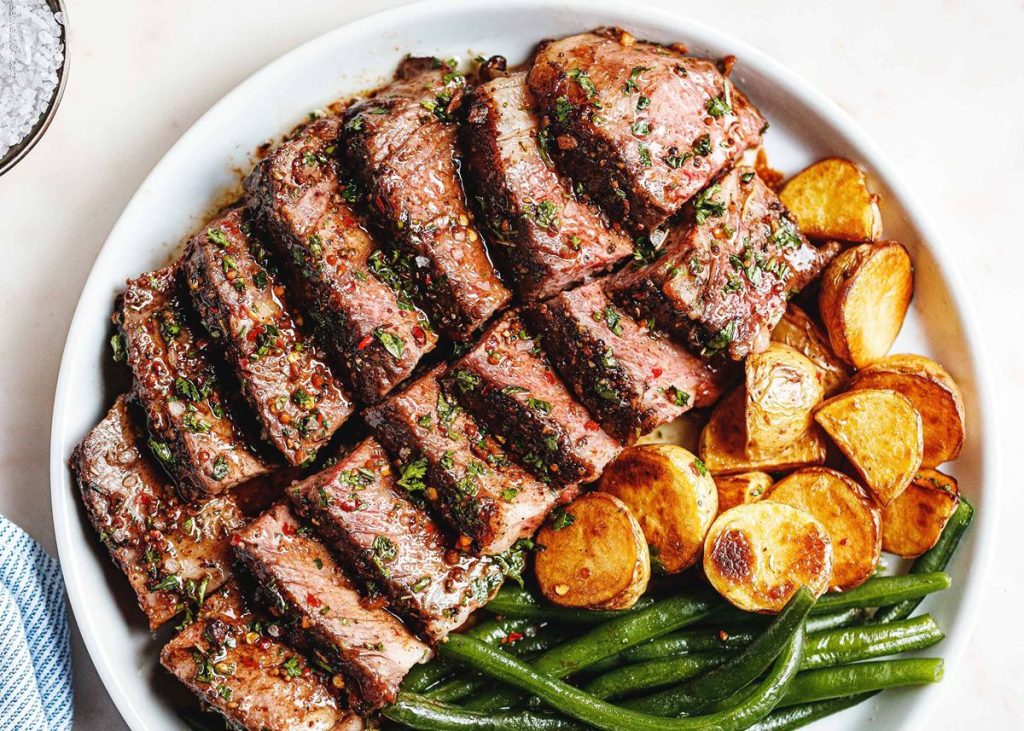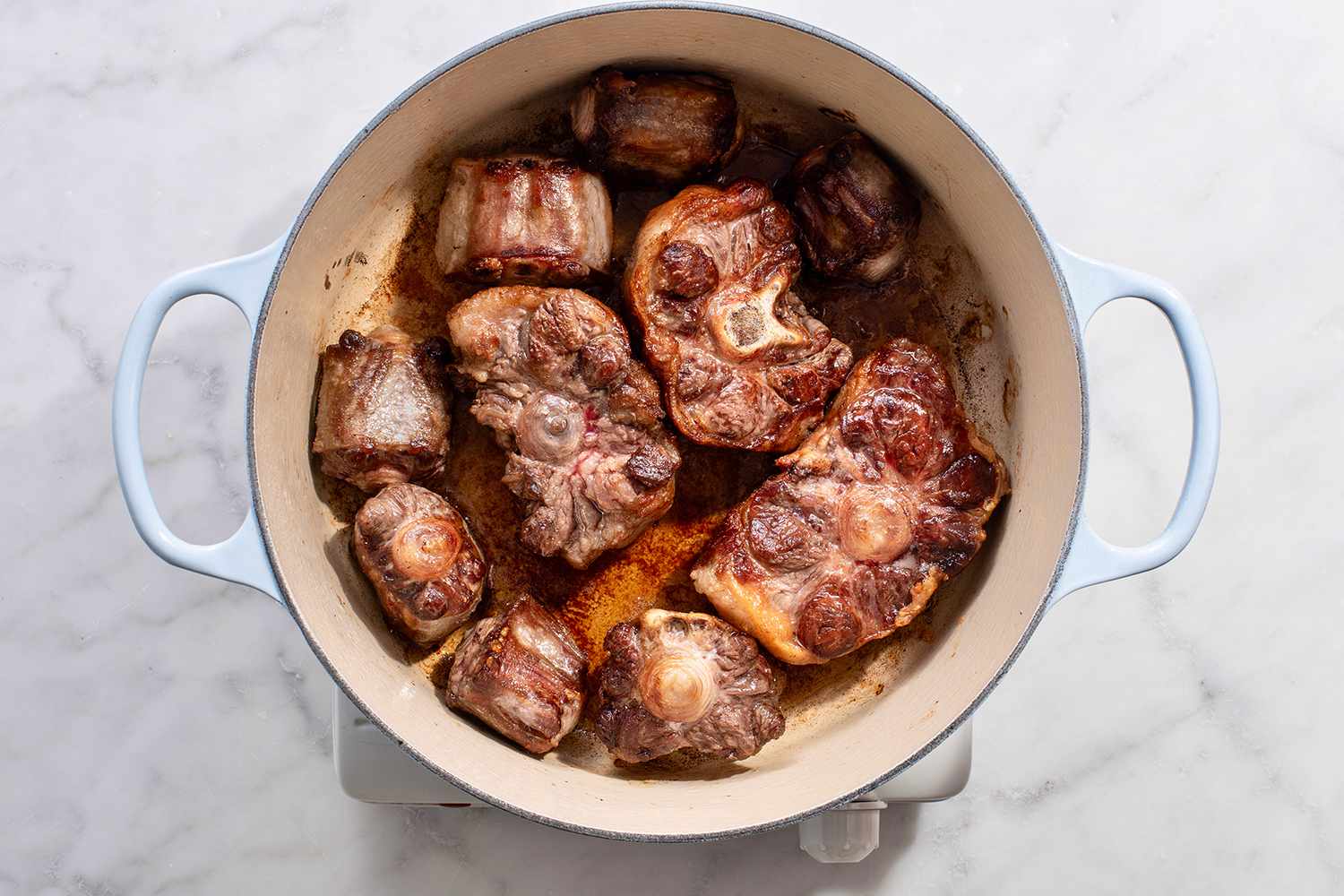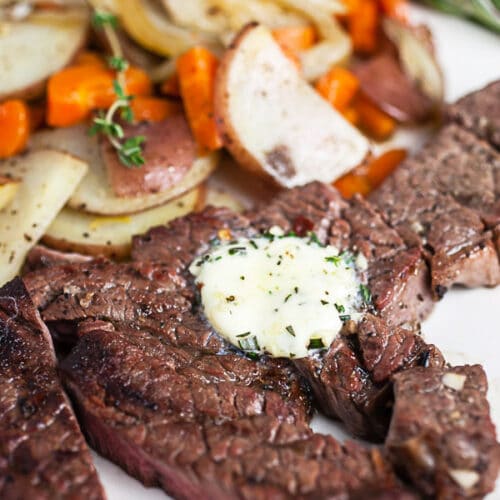Mastering Stove-Top Chuck Steak
I. Introduction

A. The allure of cooking chuck steak on the stove
Are you tired of the same old grilled steaks? Looking for a new and exciting way to prepare your chuck steak? Cooking chuck steak on the stove can open up a world of flavor and tenderness that you never knew existed. In this blog post, we will unlock the keys to a tender and flavorful chuck steak that will have your taste buds dancing with joy.
B. Unlocking the keys to a tender and flavorful chuck steak
Chuck steak is known for its rich beefy flavor, but it can also be tough if not cooked properly. By utilizing the right techniques and following some simple steps, you can transform this inexpensive cut of meat into a melt-in-your-mouth delicacy. So, let’s dive into the world of cooking chuck steak on the stove and discover the secrets to a perfect steak.
II. Selecting and Preparing the Chuck Steak
A. Choosing the right chuck steak cut
Understanding the different cuts of chuck steak is essential to selecting the right one for your stove-top cooking adventure. Chuck steaks are typically cut from the shoulder area of the cow and can include various muscles with different levels of tenderness. Knowing which cuts to look for will ensure a better outcome.
Selecting a well-marbled and thick chuck steak is crucial for achieving a moist and flavorful result. Look for marbling throughout the meat, as it contributes to the tenderness and juiciness of the steak. Additionally, choose a thick steak, preferably at least 1 to 1.5 inches thick, as thinner cuts tend to dry out more easily during cooking.
B. Prepping the chuck steak
To achieve optimal cooking, it is important to trim excess fat from the chuck steak. While fat adds flavor, trimming off any large pieces will prevent flare-ups and ensure even cooking. Additionally, take note of any silver skin, a tough connective tissue that should be removed to prevent chewiness.
Seasoning options play a crucial role in enhancing the flavor profile of your chuck steak. Simple salt and pepper can go a long way, but feel free to experiment with different herbs and spices to suit your tastes. From garlic powder to smoked paprika, the choice is yours to create a personalized flavor experience.
III. Mastering the Stove-Top Cooking Techniques

A. Preparing the skillet
Properly preparing the skillet is key to achieving even heat distribution and non-sticking properties. Make sure to use a heavy-bottomed skillet to ensure even heating. Preheat the skillet over medium-high heat and allow it to heat up for a few minutes before adding the chuck steak. This will help create a delicious seared crust on the meat.
B. Searing the chuck steak to perfection
Before placing the chuck steak in the skillet, season it generously with your chosen spices and let it sit for a few minutes. This allows the flavors to penetrate the meat and enhance its taste.
Once the skillet is properly heated, carefully place the seasoned chuck steak on it. Let it cook undisturbed for a few minutes to develop a beautiful sear. Flip the steak using tongs and repeat the process on the other side. Cooking times will vary depending on the thickness of the steak and desired doneness. Use a meat thermometer to ensure your steak reaches the desired internal temperature.
After cooking, let the chuck steak rest for a few minutes before slicing and serving. This allows the juices to redistribute, resulting in a moist and tender steak.
IV. Achieving Desired Doneness and Juiciness
A. Adjusting heat and cooking time

To achieve the desired doneness and juiciness of your chuck steak, it is important to adjust the heat and cooking time accordingly. Cooking times for rare, medium-rare, medium, and well-done steaks will vary, so it is essential to keep an eye on your steak as it cooks.
For a rare steak, cook it for around 2-3 minutes per side, or until it reaches an internal temperature of 125°F (51°C). For medium-rare, aim for 4-5 minutes per side, or an internal temperature of 135°F (57°C). If you prefer a medium steak, cook it for 6-7 minutes per side, until the internal temperature reaches 145°F (63°C). For a well-done steak, cook it for 8-10 minutes per side, or until the internal temperature reaches 160°F (71°C).
Use a meat thermometer to ensure accuracy and to prevent overcooking. Insert the thermometer into the thickest part of the steak, away from any bone or fat, to get an accurate reading.
B. Resting the cooked steak
Resting the steak after cooking is a crucial step to maximize its juiciness and tenderness. Allow the cooked chuck steak to rest for about 5-10 minutes before slicing and serving. This rest period allows the juices to redistribute throughout the meat, resulting in a moist and flavorful steak.
To further enhance tenderness, you can tent the cooked steak with aluminum foil during the resting period. This helps to retain heat and allows for more even distribution of the juices, resulting in a more tender final product.
V. Presentation and Savory Servings

A. Slicing the chuck steak
When it comes to slicing the chuck steak, it is important to identify the grain of the meat. The grain refers to the direction of the muscle fibers running through the meat. By slicing against the grain, you ensure that the fibers are cut shorter, making the meat more tender to chew.
Carefully observe the direction in which the muscle fibers run and slice perpendicular to them. This will give you thin, juicy slices that are easy to bite into and promote a more pleasurable dining experience.
B. Accompaniments and garnishes
To elevate the flavor and presentation of your stove-cooked chuck steak, consider adding complementary accompaniments and garnishes. Pairing the steak with flavors and textures that enhance its richness and tenderness can take your meal to the next level.
Consider serving your steak with a side of creamy mashed potatoes or roasted vegetables. The creaminess and earthiness of these dishes can complement the robust flavors of the chuck steak. Additionally, consider adding a touch of acidity with a squeeze of lemon or a tangy sauce to cut through the richness of the meat.
Garnishes such as fresh herbs, a drizzle of olive oil, or a sprinkle of flaky sea salt can add visual appeal and additional layers of flavor to your dish. Get creative and experiment with different combinations that suit your taste preferences.
In conclusion, achieving the desired doneness and juiciness of your stove-cooked chuck steak is all about adjusting the heat, monitoring the internal temperature, and allowing the meat to rest. Slicing against the grain and pairing the steak with complementary accompaniments and garnishes can elevate your dining experience. Whether you prefer a rare or well-done steak, with these tips, you can create a tender, flavorful, and visually stunning dish that will leave you and your guests craving more. So, fire up the stove and prepare to impress with your cooking skills.

